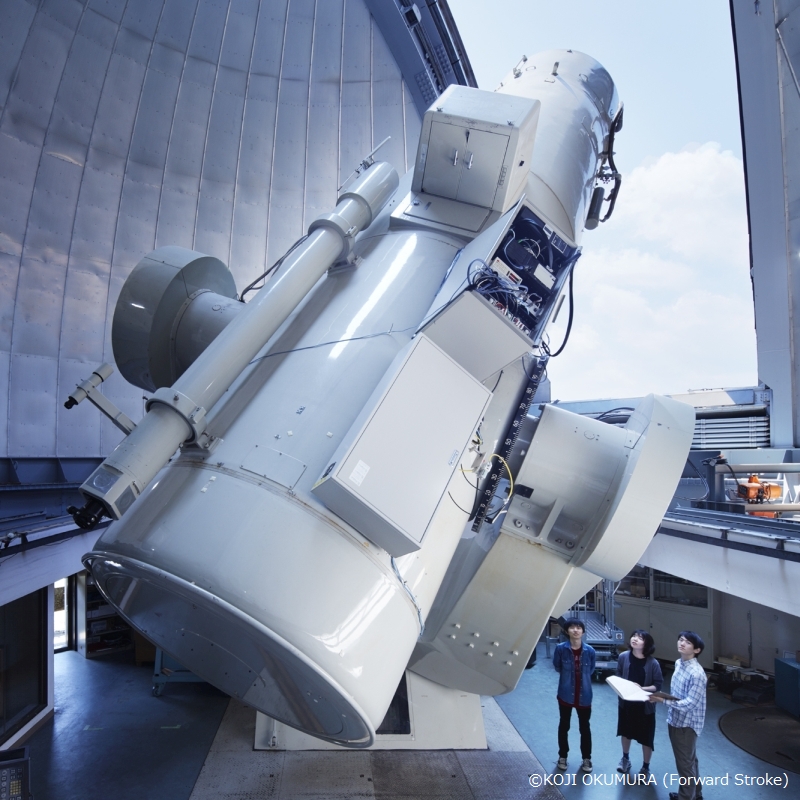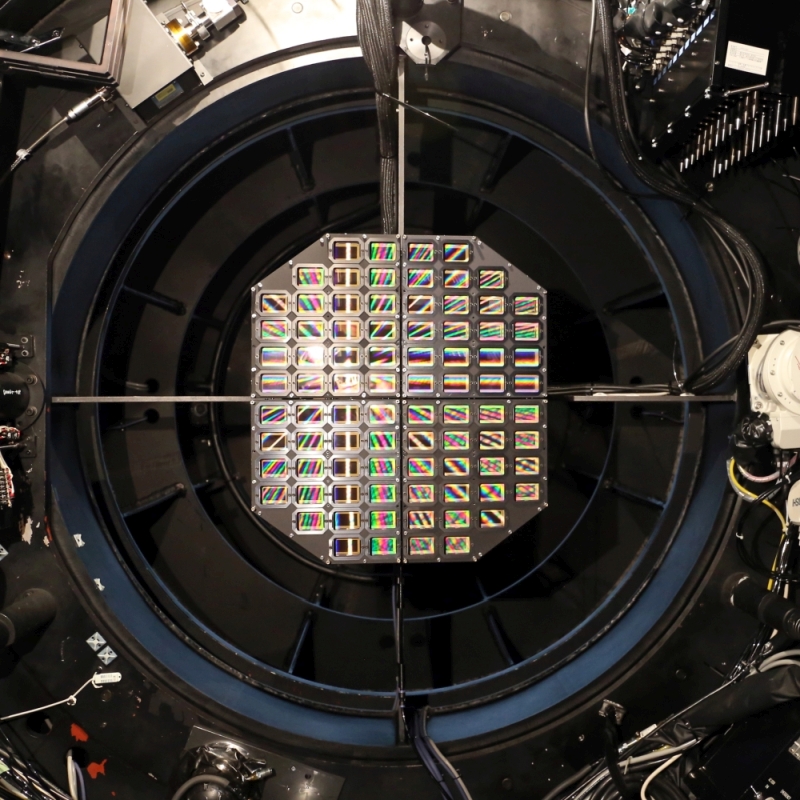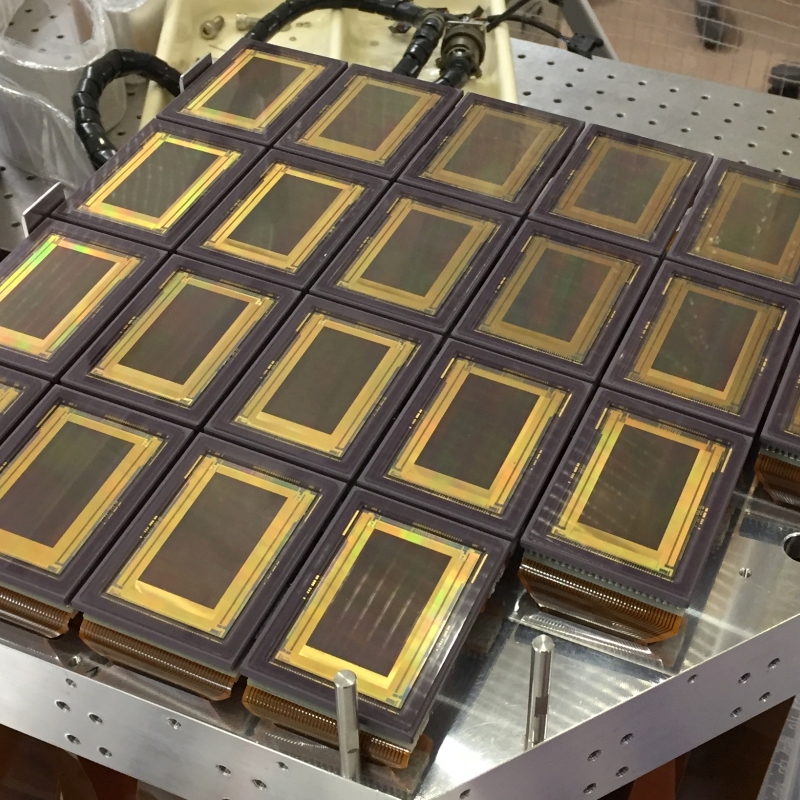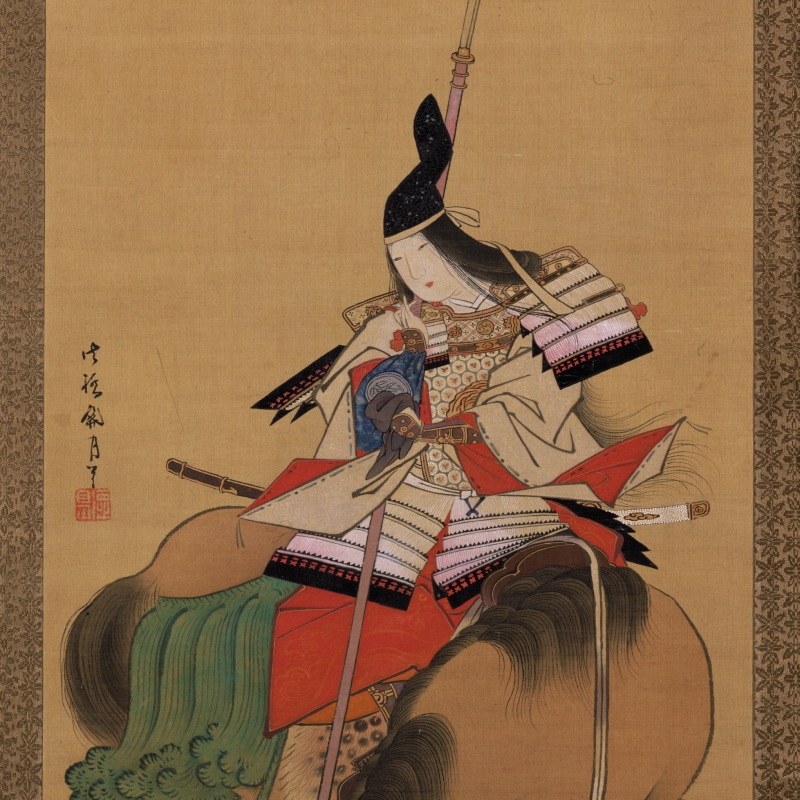
Tomo-e Gozen project
The scientific goal of the Tomo-e Gozen project is to develop a frontier of time-domain astronomy in hours-to-subsec time scales by wide-field and high-cadence observations with a mosaic CMOS camera on the Kiso Schmidt telescope. This project was approved as the next generation project of Kiso Observatory in 2014. A prototype model with 8 chips of CMOS image sensors was completed in 2015. Development of a final model with 84 CMOS image sensors was started in 2016 and completed in September 2019. Wide-field and high-cadence video surveys and high-speed monitoring are now ongoing.




